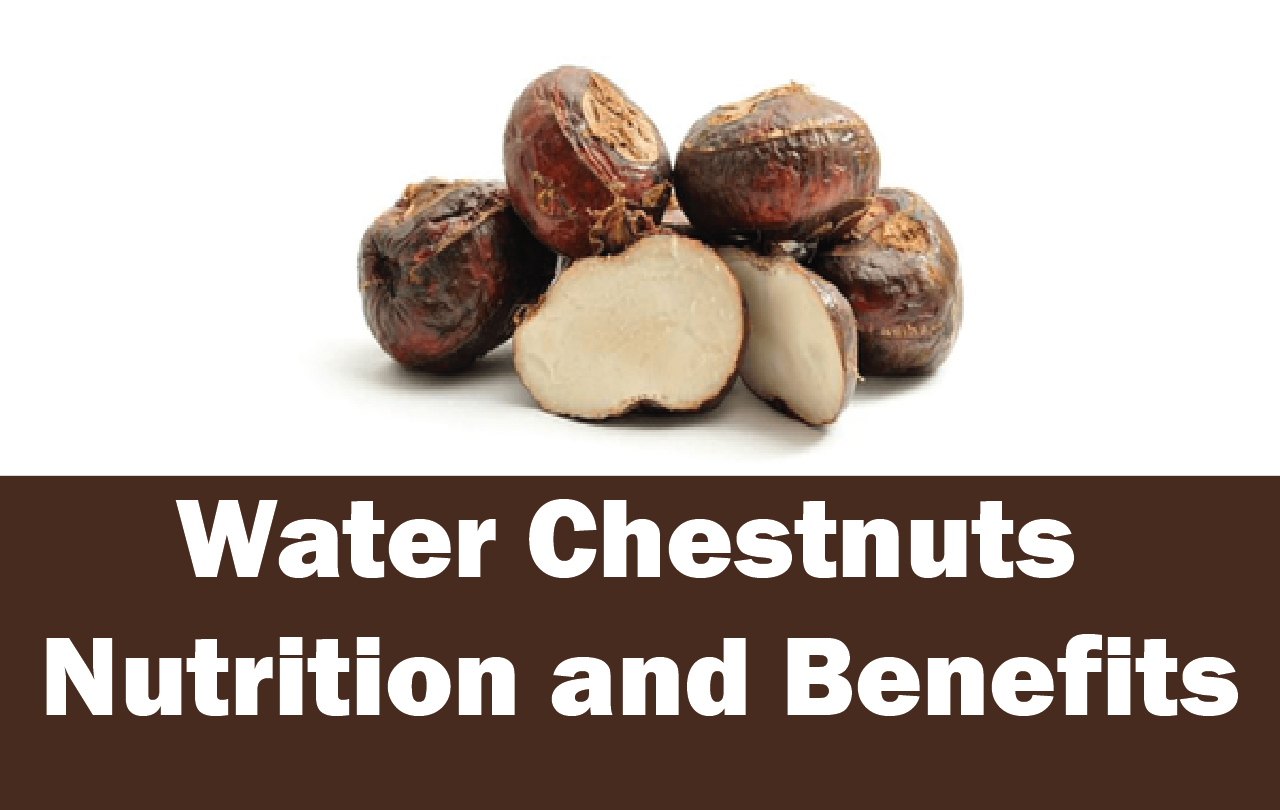how to cook water chestnuts
Water chestnuts are a famous ingredient in Chinese cuisine. Indigenous to Southeast Asia, they have been cultivated in China since ancient times. The name water chestnut comes from the point that it resembles a chestnut in shape and coloring (it has papery brown skin over white flesh). Still, the water chestnut is not a nut at all—it is an aquatic tuber (root like part of a plant) that grows in freshwater marshes.
Water chestnuts need a long frost-free growing period (almost seven months in a year), which means that they are only grown in semitropical regions, involving a few states such as California and Florida. They can be eaten raw or cooked.
Water Chestnuts Uses
Water chestnuts are most often used in Chinese recipes in a stir-fry and other vegetables, but they can also be part of a classic bacon appetizer and add a welcome crunch to a creamy spinach dip. To make a vegetable side dish from average to interesting, add sliced water chestnuts toward the end of the cooking time. Depending on whether the water chestnuts are fresh or canned will define how they are prepared.

Water Chestnuts Nutrition and Benefits
We are not likely to eat water chestnuts in large sufficient quantities to gain significant nutritional benefits. Still, scientists are investigating the antioxidant compounds in water chestnuts, which may have medicinal properties.
Fights Inflammation
Water chestnuts include antioxidants, including fisetin, diosmetin, luteolin, and tectorigenin, which can help repair broken cells and reduce inflammation. This, in turn, can defend the body from numerous chronic diseases. These antioxidants are often observed in the peel of the water chestnut.
Provides Filling Fiber
Water chestnuts are high in fiber, and fiber has numerous beneficial impacts on health. It helps keep you full and satisfied, aids in digestion, and can help regulate cholesterol and blood sugar levels.
Reduces Risk of Stroke
One-half cup of water chestnuts comprises 7% of your daily potassium needs. A review of 11 studies on stroke and cardiovascular disease found that higher dietary intake of potassium "is associated with lower stroke rates and may also reduce the risk of coronary heart disease and total cardiovascular disease.
Low in FODMAPs
People with irritable bowel syndrome (IBS) and Crohn's disease can sometimes reduce these conditions' symptoms by eating foods low in FODMAPs (fermentable oligo-, di-, mono-saccharides and polyols, a type of carbohydrate). Water chestnuts are compliant with a low-FODMAP diet.

How to Cook With Water Chestnuts
Freshwater chestnuts need to be prepared differently than canned. Before cooking with fresh, the top and bottom of the water chestnut need to be cut off, the skin should be removed with a vegetable peeler, and the water chestnut should be rinsed with cold water. They can be peeled ahead of time but require to be stored in cold water in the refrigerator, with the water changed daily.
Before accepting canned water chestnuts, rinse them under warm running water to remove any "tinny" taste. It is best to add water chestnuts, whether fresh or canned, toward the end of cooking to preserve the crunchy texture.
Fresh vs. Canned Water Chestnuts
Water chestnuts are sold both fresh and canned, but canned is much more straightforward to find. However, freshwater chestnuts are worth searching for as they have a sweeter flavor and are very crisp with a slightly juicy finish. Utilize fresh for dishes where the water chestnut is the main ingredient.
Canned water chestnuts may have a comparable texture but are practically void of any flavor. They are best incorporated into a dish mainly for consistency, such as stir-fries, stuffings, soups, and dumpling fillings. Freshwater chestnuts are more expensive than the canned.
What Do They Taste Like?
Freshwater chestnuts taste differently from the canned—or, and it should be said, the fresh have a taste, while the canned do not. Freshwater chestnuts are very flavorful and are fruity, nutty, and delicately sweet. They are like a cross between an apple and a coconut with the texture of a pear. Canned, however, barely have any flavor.
Where to Buy Water Chestnuts
Freshwater chestnuts are available year-round in Asian markets, either in packages or in bins. Unless you live in an area where they are grown locally, freshw are generally not available in neighborhood grocery stores. Canned however, are ready year-round at most supermarkets.
When picking fresh water chestnuts, look for firm ones with unwrinkled skin and no weak spots—unless, when you peel the water chestnut, you may get it has turned mushy. Generally, it's best to purchase a few more chestnuts than needed, just in case a few have spoiled.
Canned water chestnuts are allowed either whole or sliced. If you don't mind cutting them yourself, buy the entire as they will have a crunchier texture.
FAQs
Q: Are water chestnuts good for you?
A: Water chestnuts are an excellent fiber source and provide 12% of the daily fiber recommendation for women and 8%. Research shows that eating plenty of fiber may help promote bowel movements, reduce blood cholesterol levels, regulate blood sugar levels, and keep your gut healthy.
Q: Is water chestnut a fruit?
A: It is not a nut but a floating aquatic plant that grows in marshes. It is commonly used in Chinese cooking. It is a seasonal fruit that is available only after the monsoon until the start of winter. Devil's pod, buffalo nut, water caltrop are any of its other names.
Q: Are water chestnuts a starch?
A: The carbs are made up of starch and fiber. No studies of the glycemic index of water chestnuts have been reported in the scientific literature, and therefore the glycemic load cannot be estimated. However, water chestnuts are considered a starchy vegetable.
Q: Is Chestnut good for weight loss?
A: Water chestnut is a nutrient-dense food and contains high amounts of fibre, potassium, manganese, copper, vitamin B6, and riboflavin. Most of their calories come from their god carb content.
Conclusion
Water chestnuts are floating corns that grow in shallow water bodies. The plant and its fruits are rich in minerals, vitamins, antioxidants, and starches. This is why they have been traditionally used to treat dysentery, diabetes, and blood pressure.
Their antioxidant activity is also thought to reduce the risk of cancer. However, there is not enough information about its safety and side effects. Share your valuable thoughts and suggestions about chestnuts in the comment box section below.
how to cook water chestnuts
Source: https://braindropssf.com/water-chestnuts/
Posted by: denniefout1942.blogspot.com

0 Response to "how to cook water chestnuts"
Post a Comment